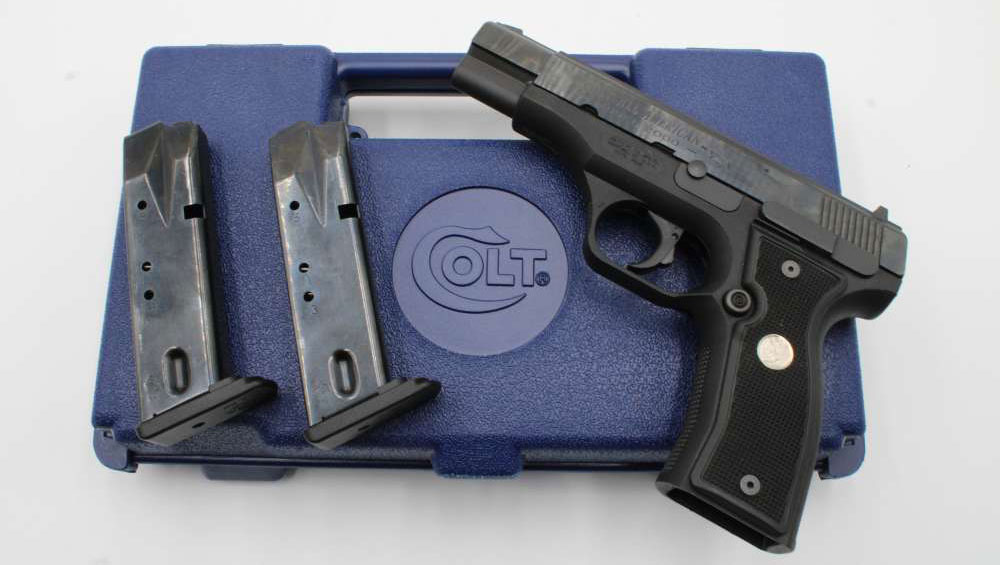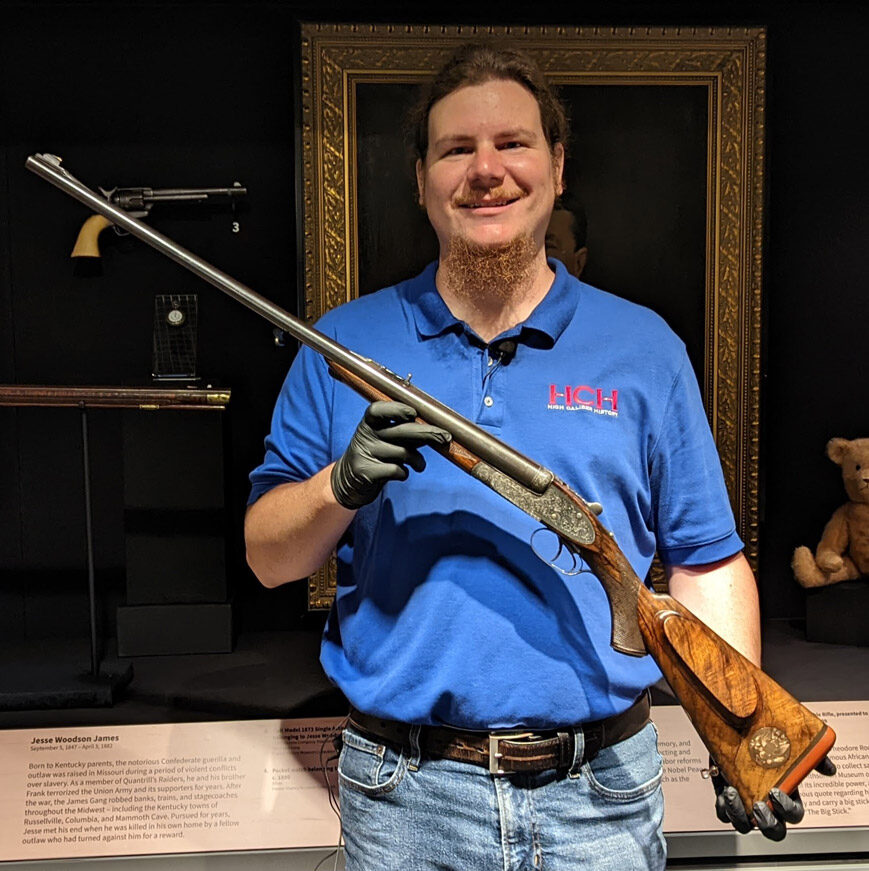
The early 1990s saw the handgun market undergoing a dramatic shift. Polymer frames, high-capacity magazines and simplified operating systems were becoming the industry’s defining traits. Colt, a manufacturer steeped in revolver and steel-framed semi-automatic pistol heritage, sought to stake its claim in this evolving landscape. The result was the Colt All American Model 2000. This pistol embodied bold innovation, unconventional engineering and the weight of Colt’s storied name.
Produced between 1991 and 1993, the Model 2000 remains one of the most unusual and short chapters in Colt’s history. Designed by industry icons Eugene Stoner and Reed Knight — known best for their involvement in rifles — it was a forward-thinking design that entered the market with ambition. Unfortunately, it exited almost as quickly. This left behind a firearm that is today far more collectible than it was commercially successful.
Engineering Innovation
At its heart, the All American Model 2000 was defined by its rotating-barrel lockup. Designed to reduce felt recoil and improve accuracy, the stainless-steel 4.5-inch barrel rotated during the short-recoil cycle. This was an unusual feature in American pistols at the time. Combined with Colt’s precision-machined slide, the pistol promised smoother cycling and consistent lockup.
The pistol employed a double-action-only trigger system with an enclosed hammer. This provided a smooth, consistent pull on every shot. However, it was a pretty heavy smooth, consistent pull. With a 15+1 round capacity in 9mm, it matched the capacity offerings that were rapidly dominating the decade’s service pistol market. Fixed three-dot combat sights rounded out the package, keeping sight acquisition quick and simple.
Frame and Finish
The polymer/aluminum hybrid frame was robust, reinforced for durability and molded with textured grips set with Colt medallions. Its profile was distinctive, angular and forward-leaning compared to the softer curves of Colt’s traditional handguns. Finished in a matte anodized treatment, the pistol reflected Colt’s attempt to merge modern trends with its own styling.
Collector’s Condition
This particular example, manufactured in 1992, remains in new old stock condition. It was factory test-fired only, and remains otherwise unfired. It includes its original blue Colt hard case, outer box, paperwork and two double-stack 15-round magazines. Every detail, from its sharp serrations to its crisp polymer texturing, remains as it left the factory floor more than 30 years ago.
Such untouched examples are increasingly scarce, even on Collector’s Elite Auctions. This is especially true as the Model 2000’s short production run and limited appeal at the time meant relatively few were preserved as collector pieces.
A Transitional Colt
The Colt All American Model 2000 was discontinued after just a few years. However, its place in firearms history is secure. It represents Colt’s willingness to experiment at a time when the industry was moving away from revolver and 1911 traditions. For collectors, the pistol serves as both a cautionary tale and a fascinating artifact of Colt’s early adaptation in the polymer era.
Uncommon, innovative and undeniably distinctive, the Model 2000 has become far more desirable in hindsight than it ever was during its short production run. Today, pristine examples like this one stand as investment-grade curiosities, valued as much for their story as for their engineering.
About the Author
-
Logan Metesh is an arms historian with a focus on history and development. He has a degree in historic preservation and has worked for the National Park Service and the Smithsonian Institution. The ease with which he can recall obscure historical facts and figures makes him very good at Jeopardy!, but exceptionally bad at geometry. Over the years, he has contributed to multiple books and written hundreds of articles for different publications. He is the owner of High Caliber History LLC and the host of the No Lowballers Podcast.
View all posts
